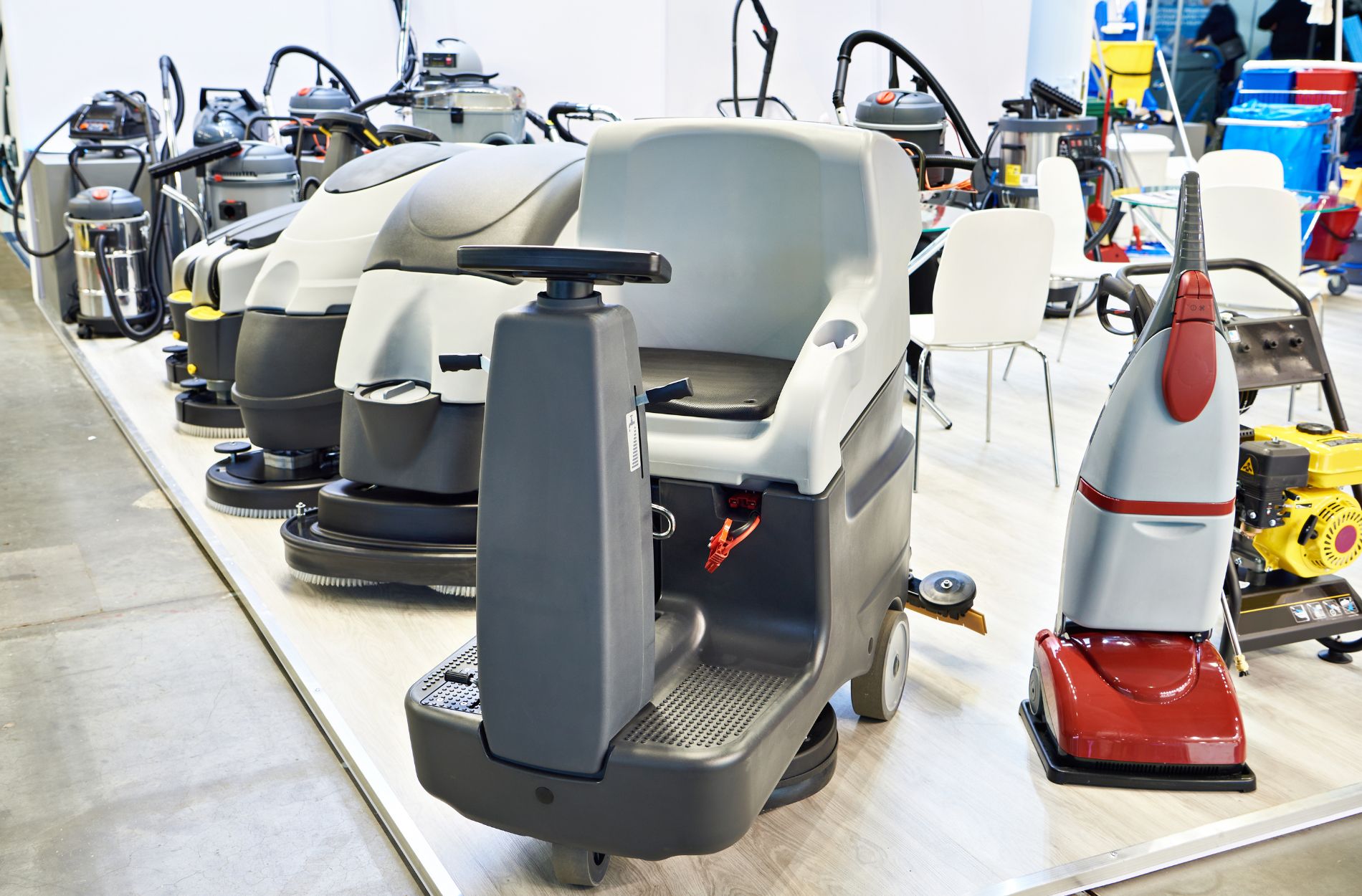
As we step further into 2024, the business landscape continues to evolve, bringing new challenges and opportunities. For many businesses, especially small to medium-sized enterprises, the ability to stay competitive hinges on having access to the latest technology and equipment. However, the high costs associated with purchasing equipment can be a significant barrier. This is where equipment leasing emerges as a strategic solution, offering a way to access necessary equipment without the hefty upfront investment.
Equipment leasing is not just about mitigating financial strain; it’s a pathway to agility and technological advancement. It allows businesses to respond to market demands swiftly and effectively, without the long-term commitment of equipment ownership, which can quickly become obsolete in rapidly changing industries. By understanding the full spectrum of leasing options available, businesses can optimize their operations, adapt to technological trends, and, ultimately, drive greater success in their markets.
As we navigate through the nuances of equipment leasing, we’ll uncover various benefits and strategies to ensure that your business not only survives but thrives in this dynamic environment. This insight is imperative for businesses planning to enhance their operational capacity and efficiency through strategic investments in equipment.
Understanding Equipment Leasing and Its Benefits in 2024
Equipment leasing presents a flexible and practical financing option for businesses looking to utilize the most modern technology without the financial weight of purchasing outright. This approach benefits not only from conserving cash flow but also from a tax perspective, as lease payments can typically be deducted as business expenses. This can substantially reduce the net cost of your lease.
Furthermore, leasing equipment allows us to upgrade more frequently, ensuring we’re not stuck with obsolete technology in a rapidly evolving market. This adaptability is particularly crucial in sectors like technology and healthcare, where equipment frequently experiences significant advancements. As we move further into 2024, the importance of maintaining technological relevance cannot be understated, and leasing provides an effective way to achieve this without compromising our financial stability.
Comparing Equipment Leasing Options: What Fits Best for Your Business
Selecting the right equipment leasing option requires understanding the diverse types available and how they align with your business needs. Each option offers unique advantages depending on your industry, budget constraints, and equipment usage intensity. Here are some common types of leases and what each might be suited for:
1. Fair Market Value Leases: Ideal for businesses that anticipate rapid technological changes and plan to upgrade equipment at the end of the lease term. This type of lease offers lower monthly payments with the option to purchase the equipment at its fair market value once the lease expires.
2. Capital Leases: More akin to a purchase from a financial standpoint, capital leases are suitable for businesses that expect to use the equipment for its entire working life. Although monthly payments may be higher than other lease types, they often culminate in ownership of the equipment for a nominal price.
3. Operating Leases: Perfect for businesses looking for short-term leasing without the commitment to own. Operating leases are particularly advantageous if the equipment carries a risk of becoming outdated quickly. These leases are not capitalized, meaning they keep debt off your balance sheet and improve financial ratios.
By evaluating the expected duration of equipment use, anticipated technological requirements, and financial priorities, we can select a leasing option that not only fits but enhances our operational strategies. This tailored approach supports our continuous growth while managing financial liabilities effectively.
Steps to Secure an Equipment Lease: A Checklist for Success
Securing an equipment lease is a strategic move that can propel our business forward, but it requires careful planning and attention to detail. First, we consolidate our business requirements and budget to determine which pieces of equipment are essential. We’ll then gather up-to-date financial records, including balance sheets and cash flow statements, which will be crucial for presenting our financial health to lessors.
Next, we conduct thorough research to identify potential leasing companies that specialize in our industry. This specialization ensures that they understand our unique needs and can provide tailored leasing solutions. We’ll connect with these companies to get quotes, scrutinize the terms, and ensure they align with our business goals. It is of paramount importance to consult with a legal expert to go over these agreements to safeguard our interests.
Best Practices for Managing and Optimizing Equipment Leases
Once we’ve secured an equipment lease, managing it effectively becomes paramount to maximize both its operational and financial benefits. We meticulously schedule regular maintenance to ensure that the leased equipment operates optimally, which helps in avoiding downtime and extending the life of the equipment. Moreover, proper training for staff on the correct usage of the equipment is essential to avoid misuse and the costs associated with it.
Another critical aspect is to keep a detailed log of all equipment usage, maintenance, and repairs. This documentation is invaluable for assessing the cost-effectiveness of the lease and is critical during lease renegotiation or for end-of-lease decision-making about whether to return, buy out, or renew the lease. We always make a point of staying informed about technological advancements to evaluate whether the leased equipment still meets our business needs or if a change is required to stay operational and competitive.
Conclusion
In 2024, navigating the complexities of equipment leasing with a considered strategy and awareness of best practices is critical for our success. By clearly understanding the benefits, carefully comparing leasing options, diligently organizing lease attainment, and effectively managing our agreements, we place ourselves in a strong position for ongoing business success.
At Total Merchant Resources, we are equipped to help guide businesses through the nuances of equipment leasing. With our comprehensive merchant lending solutions and expert advice, businesses can adjust to market changes effectively, ensuring they always have the right tools for the job without the financial burden of purchasing them outright. Contact us today, and let us help you harness the full potential of equipment leasing for your business.



